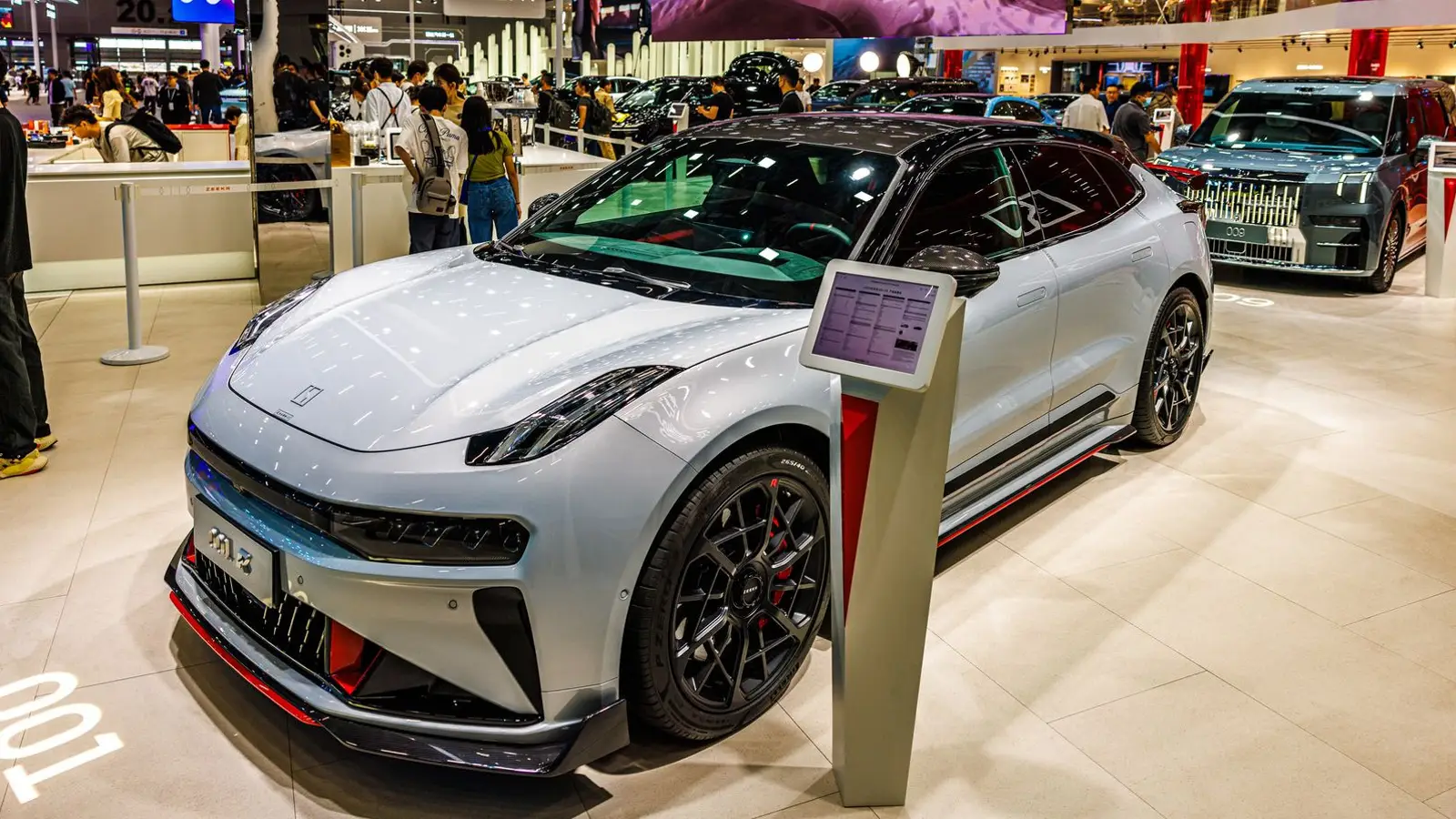News
China's Zeekr and Huawei Push Boundaries with 1.5 MW EV Chargers

Zeekr and Huawei unveil 1.2 MW and 1.5 MW EV chargers in China, raising questions about real-world demand and practicality for passenger EVs.
China’s race to dominate ultra-fast EV charging continues as Zeekr and Huawei unveil record-breaking charging stations. Geely-owned Zeekr introduced a 1.2-megawatt charger, while Huawei raised the bar even further, announcing a 1.5-megawatt system—figures far beyond anything currently deployed in the West.
Zeekr’s system is already in use, capable of charging its 7X SUV from 10 to 80 percent in just over 10 minutes. The charging curve is particularly impressive, with the car pulling 300 kW at just 3% state of charge and peaking at 460 kW. Even at 70%, the system maintained 300 kW input. Huawei’s upcoming 1.5 MW charger, scheduled for official launch on April 22, is claimed to add up to 20 kWh per minute and fully charge an EV battery in 15 minutes.
Huawei has stated that the charger is primarily aimed at commercial and heavy-duty vehicles, where high-capacity batteries and minimal downtime are critical. At the same time, the company suggests that a full charge in 15 minutes for a passenger EV could be technically feasible—though it remains unclear whether any currently available vehicles are capable of accepting such extreme power levels in real-world conditions.
Deploying such ultra-high-power stations isn’t straightforward. They require substantial electrical grid upgrades and advanced liquid cooling systems to prevent overheating. Installation and maintenance costs are significantly higher than those of conventional fast chargers. Environmental conditions such as extreme heat, cold, or humidity can also impact efficiency and equipment stability.
Currently, no Western country has announced plans to implement chargers at this scale. Tesla’s V4 Superchargers top out at 500 kW, and even their upcoming 1.2 MW infrastructure is intended for the Semi truck rather than consumer EVs. European and American automakers continue to focus on sub-300 kW charging systems, with typical full charges still taking over an hour.
In contrast, cities like Shenzhen are expanding their high-power EV infrastructure with government subsidies and new standards, aiming to roll out hundreds of ultra-fast charging stations by 2025. This policy-backed effort reinforces China’s lead in the EV charging sector, though it also fuels a debate: is this a genuine leap toward efficiency, or simply a technological arms race for bragging rights?
2025, Apr 01 01:52


